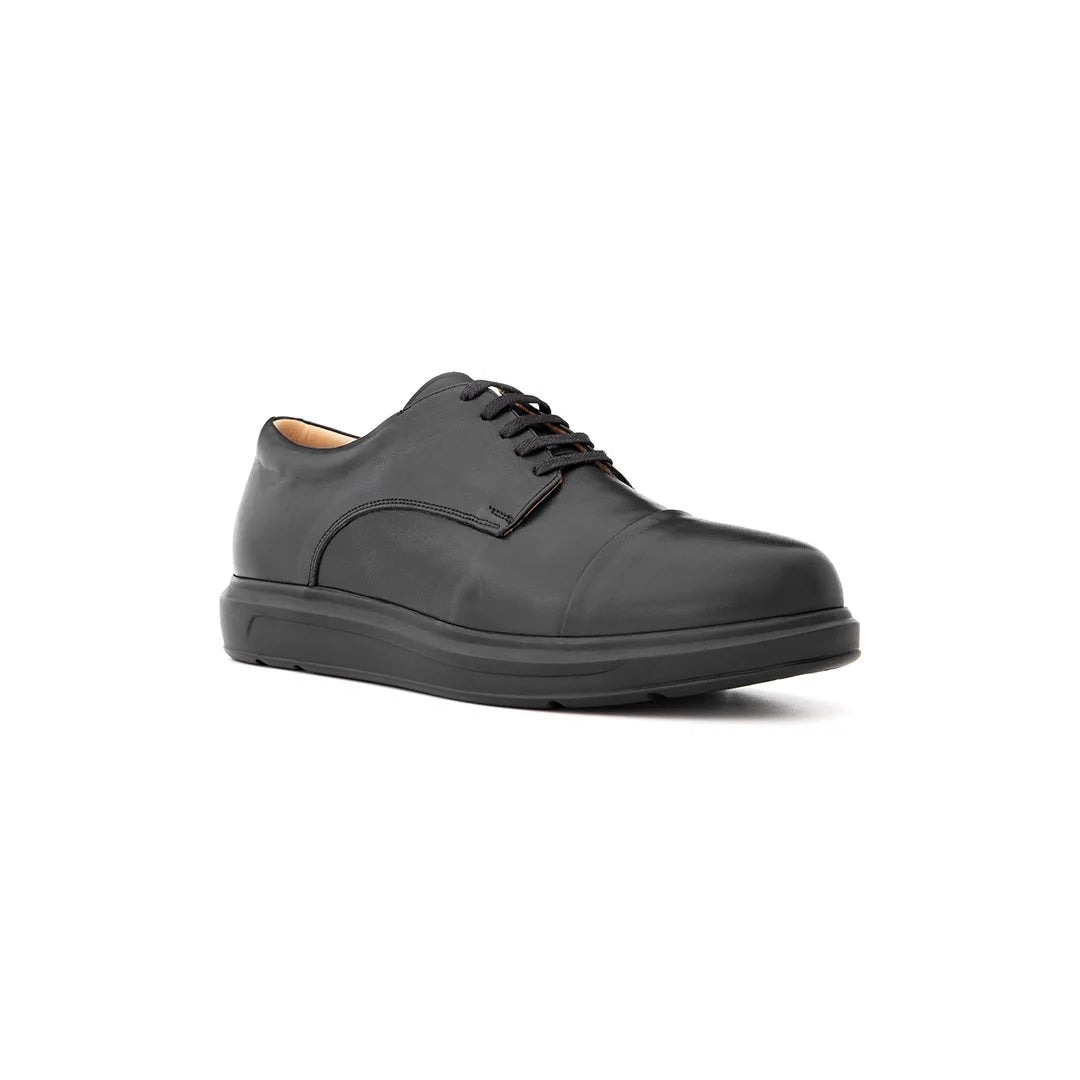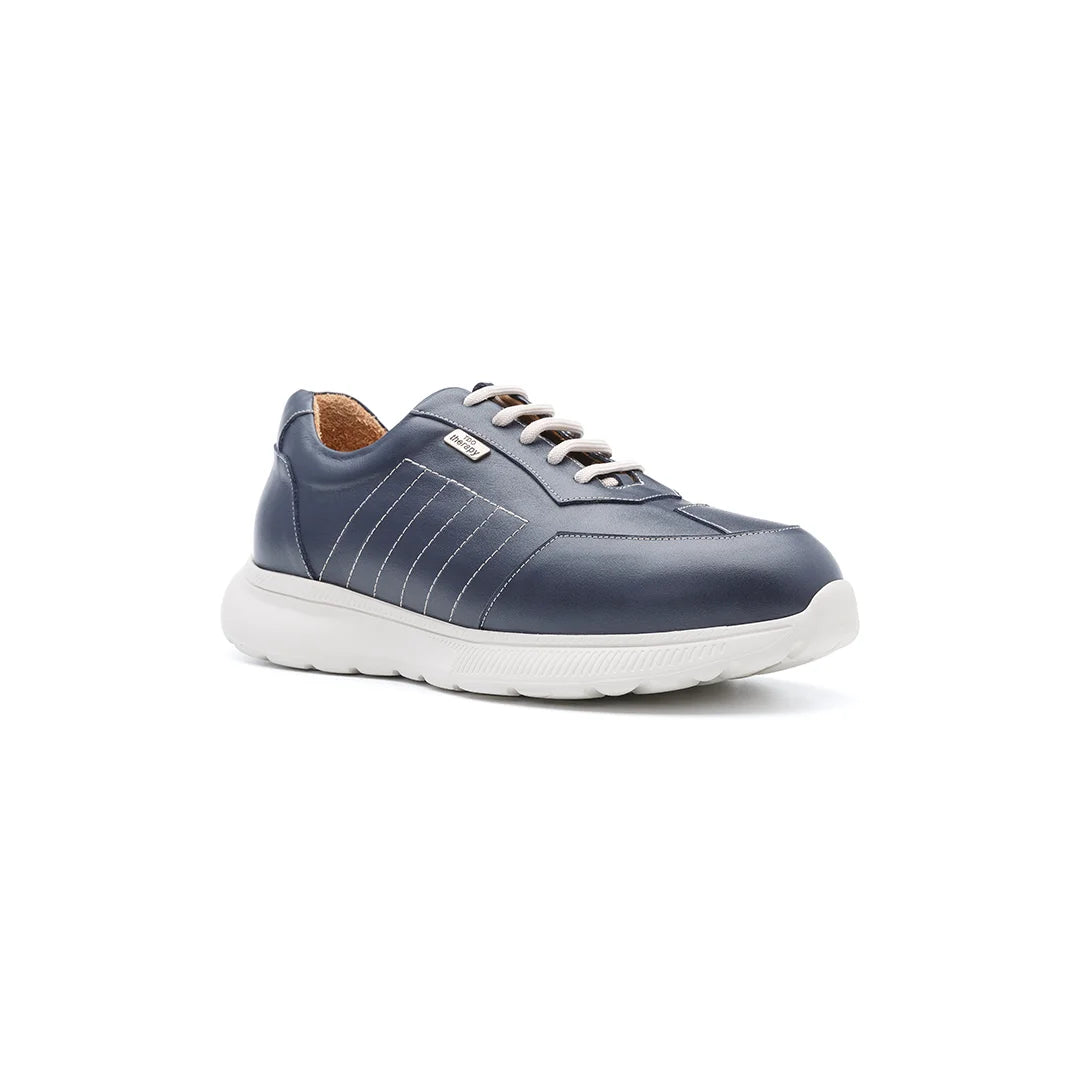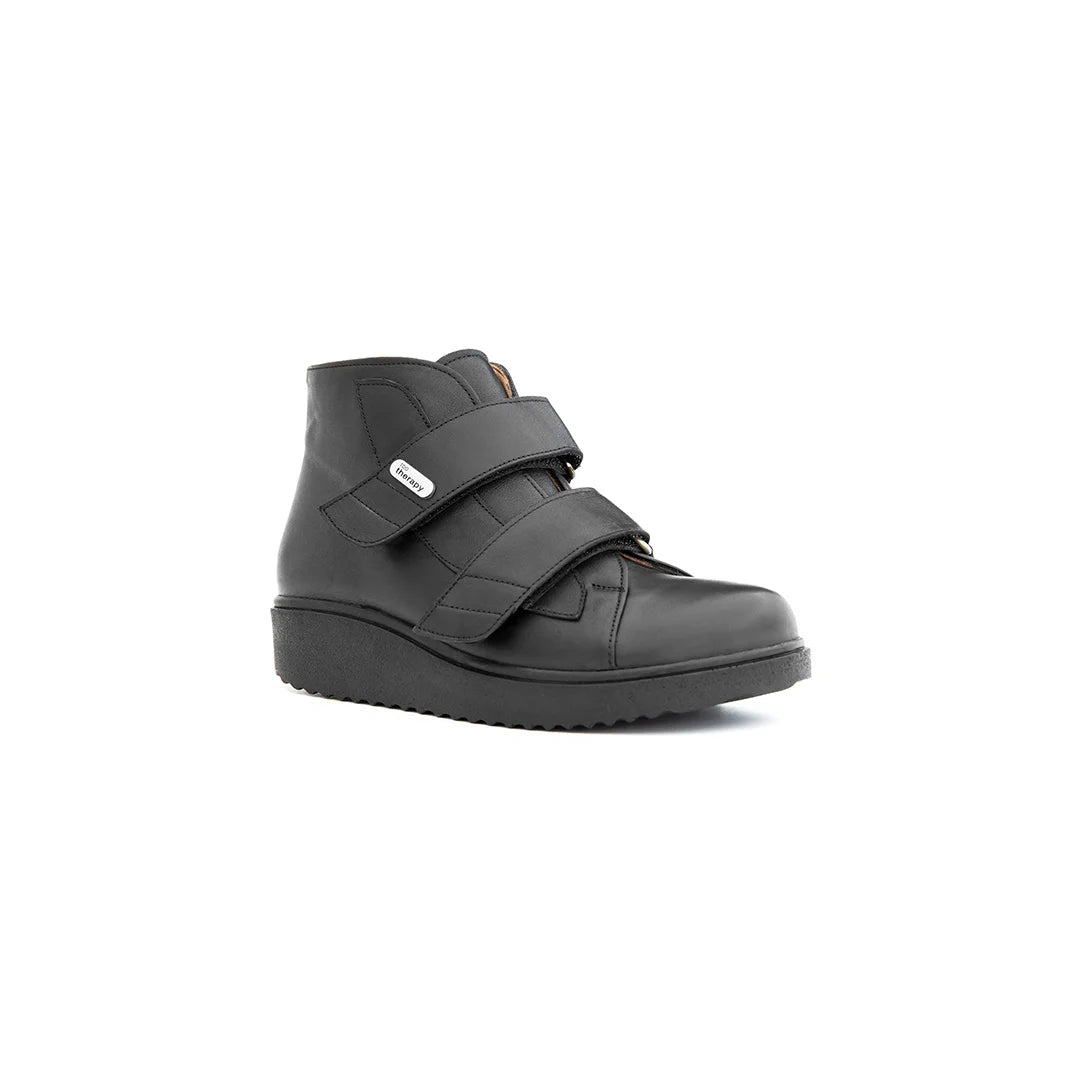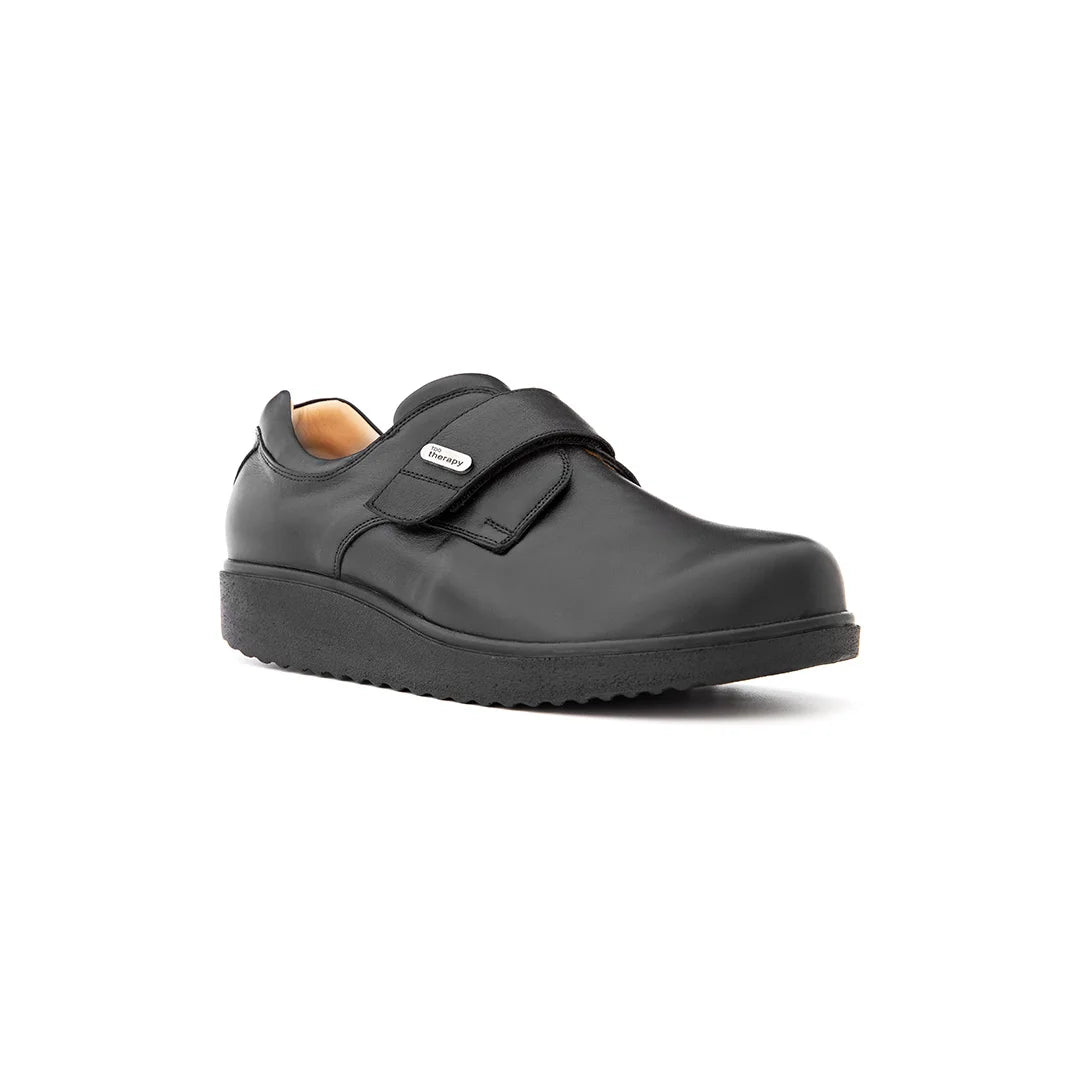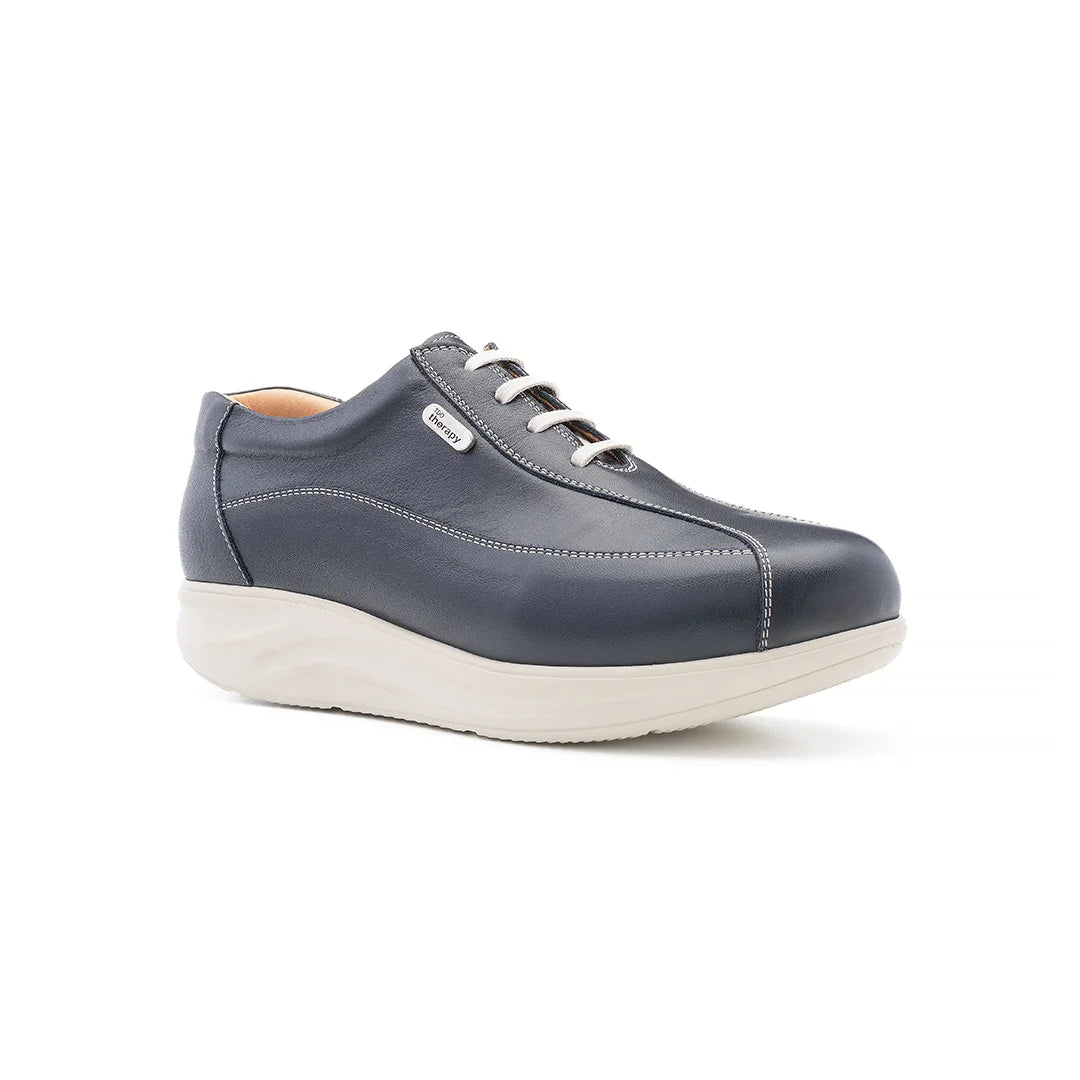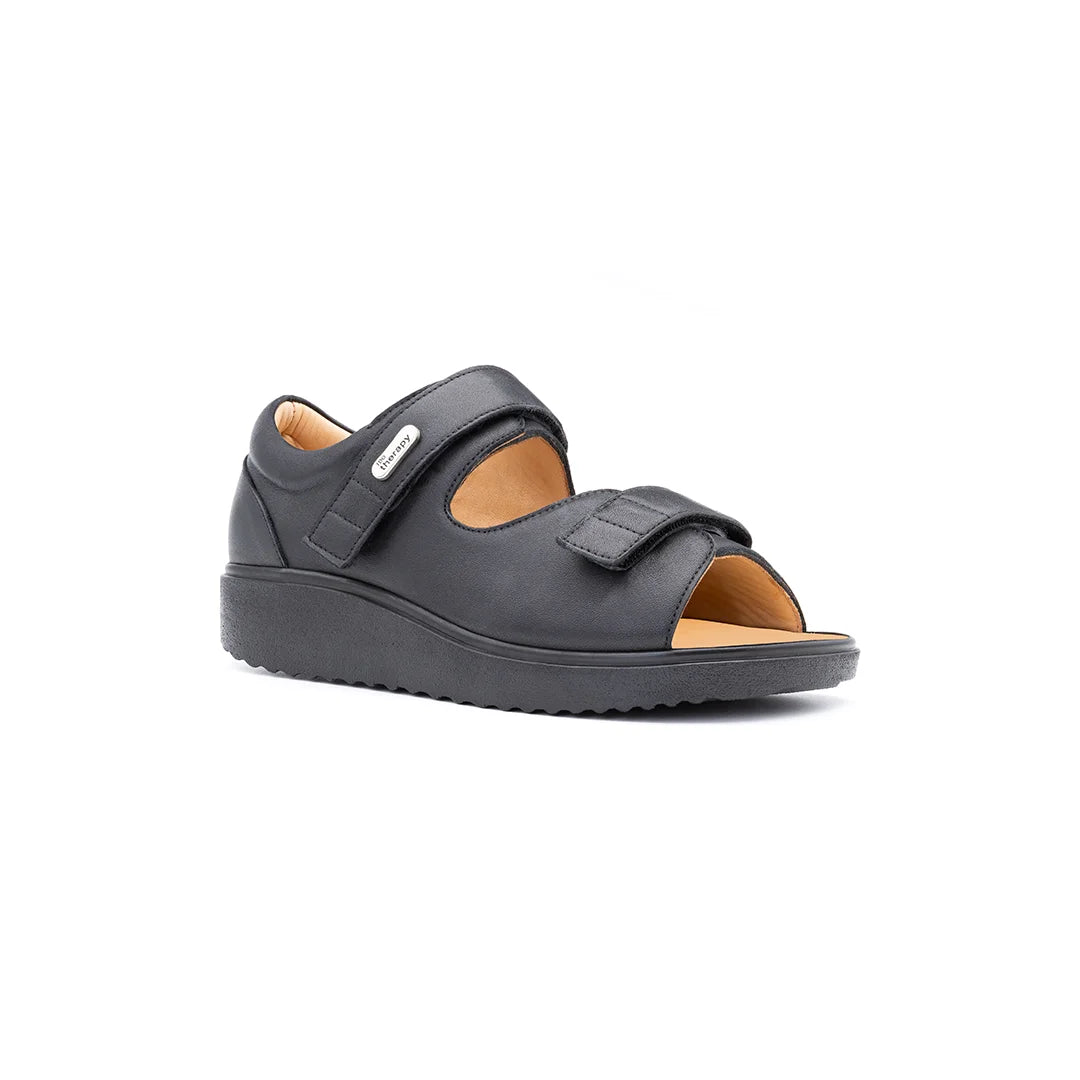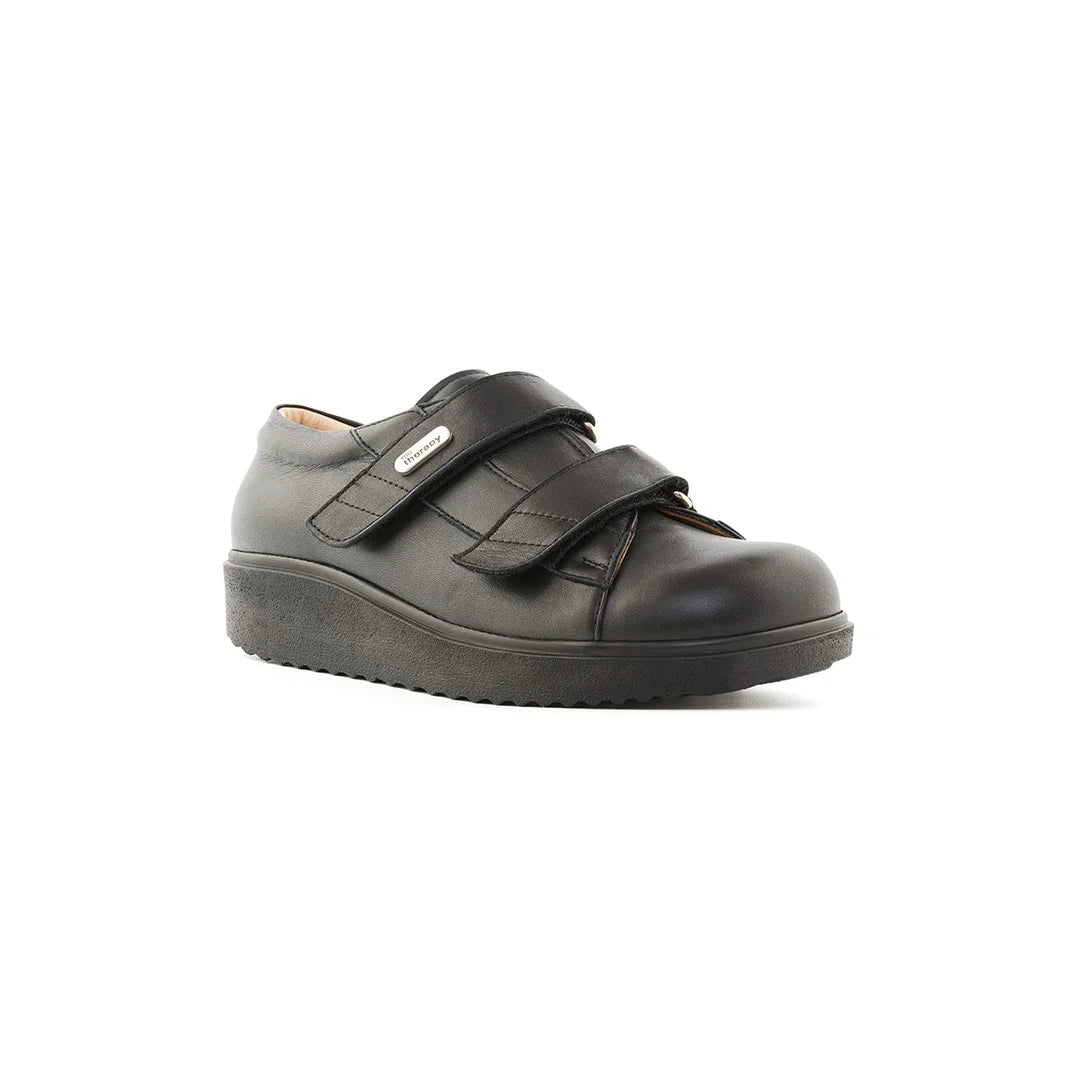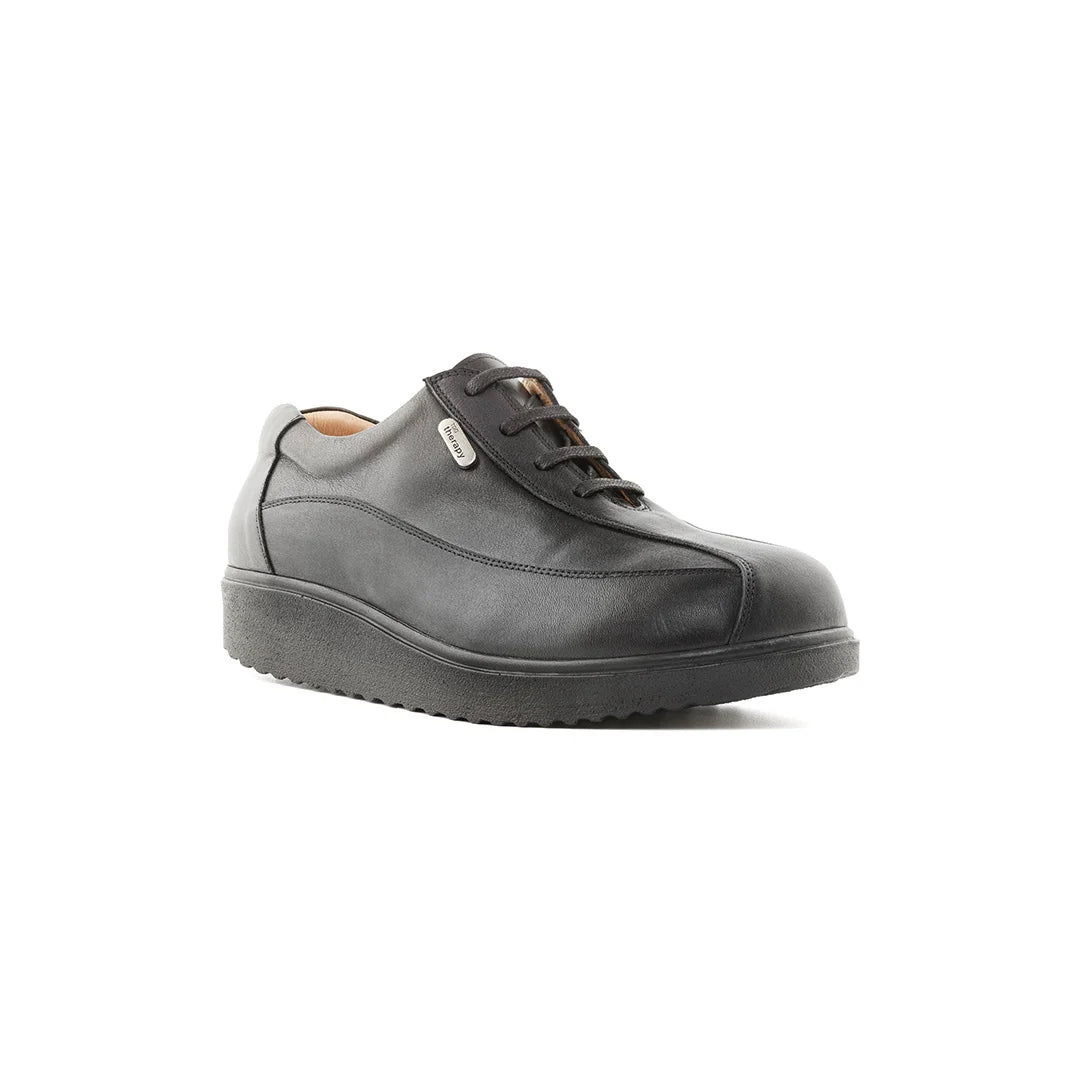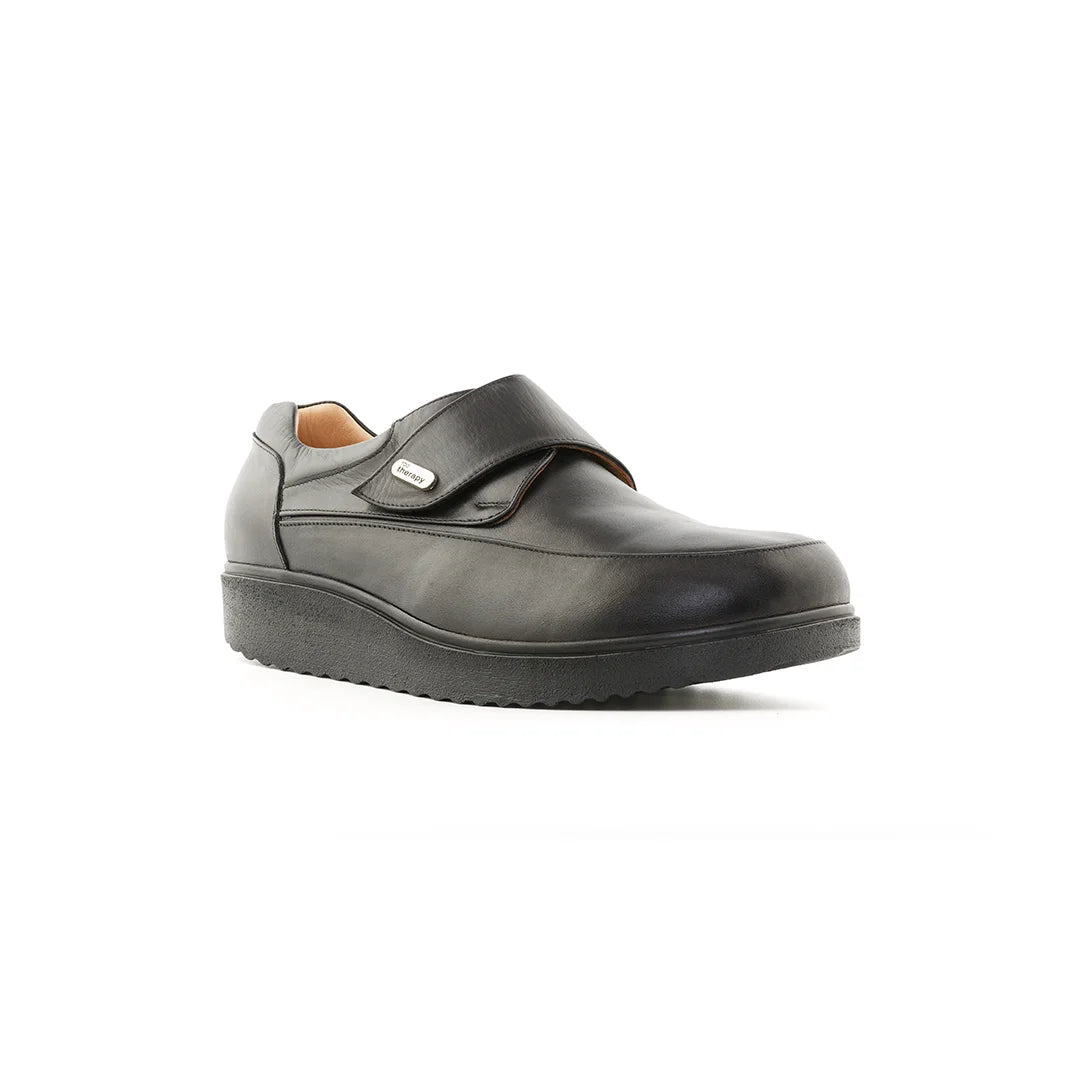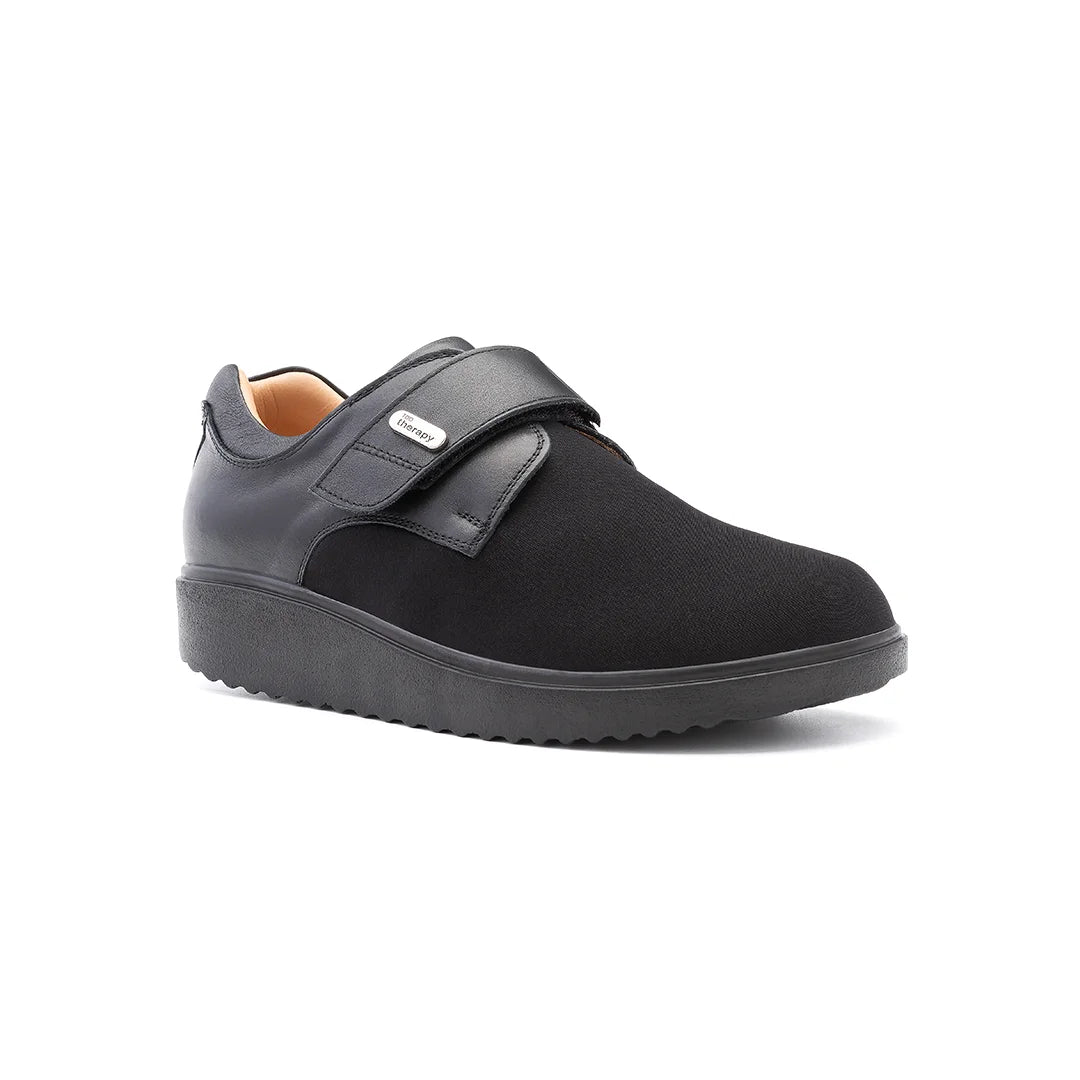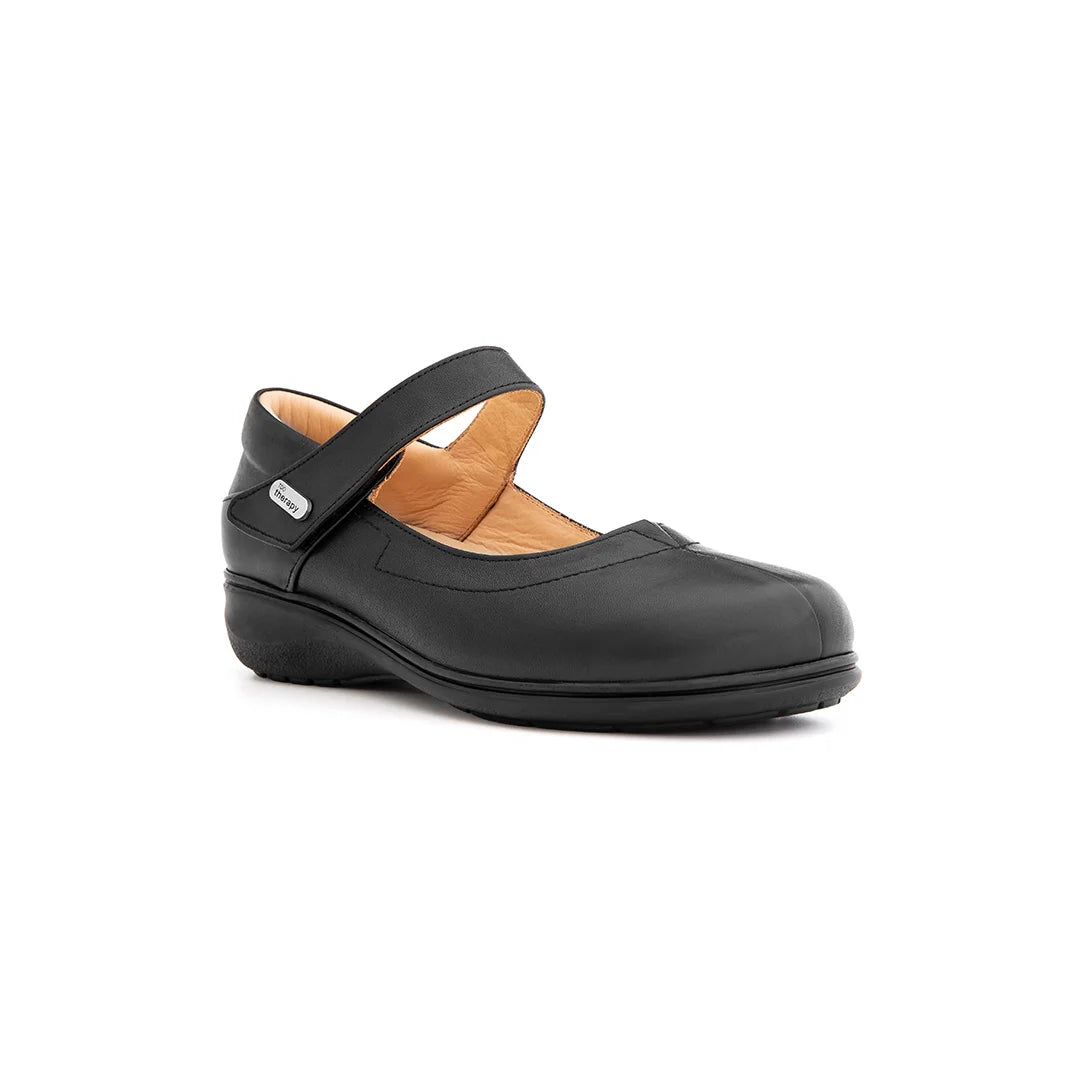Introduction
The professional kitchen is one of the most demanding work environments — hot ovens, slippery floors, and long shifts that often exceed 10–12 hours. For chefs and kitchen staff, supportive footwear is not a luxury but a necessity. Without the right shoes, it’s easy to develop foot pain, back problems, or even serious injuries.
Orthopedic shoes designed with anti-slip soles and supportive structures can transform how you feel at the end of your shift. Let’s explore why kitchen staff need specialized shoes and which features matter most.
Key Takeaways
-
Kitchens pose unique risks: heat, spills, and long hours standing.
-
Orthopedic shoes with anti-slip soles and extra support reduce injuries and fatigue.
-
Features like wide toe boxes, removable insoles, and breathable materials matter for comfort.
-
Investing in the right shoes can improve foot health, posture, and workplace safety.
Why Kitchens Are Hard on Feet
-
Constant standing: Many chefs are on their feet 10+ hours daily.
-
Slippery floors: Oil, water, and food increase slip risks.
-
High heat: Kitchens can get very warm, causing swelling in feet.
-
Heavy lifting: Carrying pans and trays adds extra strain on joints.
These conditions make it vital to wear shoes that combine orthopedic support with occupational safety features.
Best Shoe Features for Chefs & Kitchen Staff
Anti-Slip Soles
Look for shoes with certified slip resistance. Orthopedic shoes with rubber outsoles provide safer traction on wet or greasy floors.
Wide & Deep Fit
Feet swell during long shifts. A wide toe box and extra depth prevent pinching, rubbing, and blisters.
Cushioned & Supportive Midsoles
Orthopedic cushioning (PU or EVA) absorbs shock and reduces fatigue from constant standing.
Breathable Uppers
Leather or mesh uppers regulate heat and keep feet cool in hot kitchens.
Removable Insoles
Allow custom orthotics or extra-cushion inserts for personalized support.
Easy-to-Clean Surfaces
Shoes should wipe clean easily after exposure to spills.

Health Benefits of Orthopedic Kitchen Shoes
-
Reduce strain on knees, hips, and back.
-
Lower risk of plantar fasciitis or tendonitis.
-
Help prevent fatigue-related accidents.
-
Improve posture and balance during fast-paced shifts.
Everyday Tips for Chefs & Staff
-
Rotate shoes regularly if possible.
-
Use compression socks for swelling.
-
Replace insoles every 6–12 months for hygiene and support.
-
Choose darker colours to hide stains.
FAQs
Q: Can I wear sports trainers in a kitchen instead?
Sports trainers are often too flexible and lack anti-slip safety certification. Orthopedic occupational shoes are safer.
Q: Are leather uppers safe for kitchens?
Yes — they are breathable, durable, and wipe clean easily.
Q: Do orthopedic kitchen shoes look bulky?
Modern designs offer a balance of style and safety, with professional low-profile looks.
Final Thoughts
Chefs and kitchen staff need shoes that can keep up with their demanding environment. Orthopedic footwear with anti-slip soles, wide fit options, and durable cushioning ensures you can focus on your craft without worrying about pain or injuries. TDO Therapy shoes combine medical-grade comfort with safety features, making them a trusted choice for long shifts in UK kitchens.




